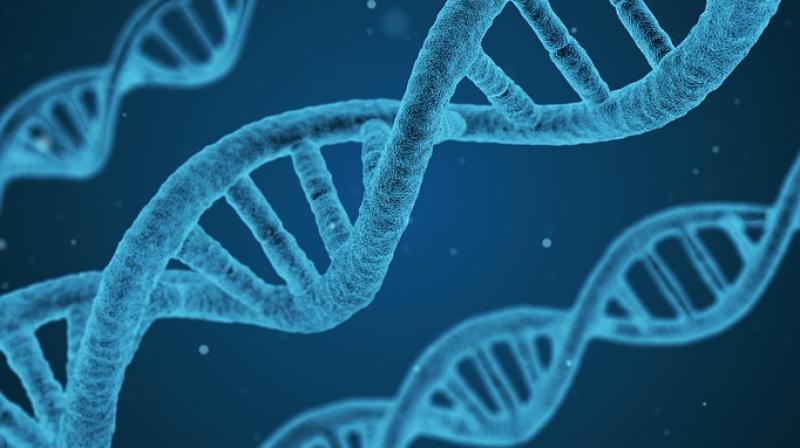DNA study into Telangana origin begins
CCMB given skeletal remains of humans from Megalithic period.

Hyderabad: Six DNA samples of human skeletal remains from the Megalithic period found in excavations in Piklihal, Raichur district of Karnataka (1954), Yeleshwaram, Nalgonda district (1960) and Pedda Marur, Mahbubnagar (1978) were handed over by the Department of Archaeology and Museums to the Centre for Cellular and Molecular Biology for detailed studies and DNA analysis.
This is the first time that DNA studies will be conducted to ascertain the origins and other historical details of civilisation in Telangana state.
The objective of the study is to ascertain the ancient population and human settlements in present-day Telangana state, create an individual-wise inventory of skeletal material, and give preliminary observations of the incidence of palaeopathological lesions and anomalies, interpret results in a bio-cultural perspective, trace disease process, human details and other aspects of life in ancient times.
The State Archaeology department on Thursday signed MoUs with CCMB for scientific research and with Deccan College Post Graduate and Research Institute, Pune, one of the top institutions in the world for training archaeologists.
The MoUs were signed by tourism secretary B. Venkatesam, director of archaeology and museums N.R. Visalatchy, CCMB director Rakesh K. Mishra, Deccan College Vice-Chancellor Prof. Vasant S. Shinde, and CCMB senior principal scientist Thangaraj.
“Telangana is the youngest state in the country, but has the oldest civilisation — over 10,000 years old or more. Excavations of a recent megalithic burial site in Pullurubanda in Siddipet district brought to light skeletal remains. It is absolutely necessary to trace the genetic background of the people who inhabited the region. Bone samples were sent to CCMB that will help ascertain patterns of genetic diversity in ancient human beings and connect them with the present population structure etc. We entered into the MoU to carry out demographical and other studies of the proto historic period in Telangana,” Mr Venkatesam said.
Prof. Vasant Shinde said iron was developed in the country in Chittoor district of Andhra Pradesh way back in 1000 BC.
“Korean scientists thought they were pioneers, first to develop and later China but studies proved them wrong. We are undertaking similar studies in Telangana too which is a potential region for historical studies,” Prof. Shinde said
Mr Mishra said the country, which has the oldest population in the world, now has technology to throw some light on it and reconstruct the past through DNA.
